Do you have a question about the Garmin Reactor 40 and is the answer not in the manual?
Details helm control installation and NMEA 2000 connection requirements.
Discusses CCU mounting, orientation, and magnetic interference avoidance.
Covers drive unit power cable, rudder feedback sensor, and compatibility.
Explains connecting components to the NMEA 2000 network.
Guide to selecting an optimal CCU mounting location.
Method to test for magnetic interference at CCU mounting sites.
Steps for locating and securing the ECU to a mounting surface.
Instructions for wiring the ECU power cable to the boat battery.
Guide to constructing a new NMEA 2000 network for the autopilot.
Steps to integrate autopilot components into an existing NMEA 2000 network.
Recommendation for applying corrosion blocker to the drive unit.
Visual examples of NMEA 0183 device connections to the helm control.
Important points for connecting NMEA 0183 devices to the system.
Details on setting up bidirectional NMEA 0183 communication.
Technical specifications for the CCU component.
Technical specifications for the ECU component.
Technical specifications for the alarm component.
Instructions for online device registration.
Contact information for customer support.
Details helm control installation and NMEA 2000 connection requirements.
Discusses CCU mounting, orientation, and magnetic interference avoidance.
Covers drive unit power cable, rudder feedback sensor, and compatibility.
Explains connecting components to the NMEA 2000 network.
Guide to selecting an optimal CCU mounting location.
Method to test for magnetic interference at CCU mounting sites.
Steps for locating and securing the ECU to a mounting surface.
Instructions for wiring the ECU power cable to the boat battery.
Guide to constructing a new NMEA 2000 network for the autopilot.
Steps to integrate autopilot components into an existing NMEA 2000 network.
Recommendation for applying corrosion blocker to the drive unit.
Visual examples of NMEA 0183 device connections to the helm control.
Important points for connecting NMEA 0183 devices to the system.
Details on setting up bidirectional NMEA 0183 communication.
Technical specifications for the CCU component.
Technical specifications for the ECU component.
Technical specifications for the alarm component.
Instructions for online device registration.
Contact information for customer support.
| Type | Autopilot System |
|---|---|
| Waterproof Rating | IPX7 |
| Display Compatibility | Garmin Chartplotters |
| Connectivity | NMEA 2000 |
| Operating Voltage | 10-30 Vdc |
| Recommended Boat Length | Up to 40 feet |
| Control Modes | Auto, Wind, Route |
| Power Consumption | Varies by drive type |
| Heading Sensor | Included |
| Drive Compatibility | Hydraulic and mechanical drive systems |
| Maximum Boat Length | 40 feet |
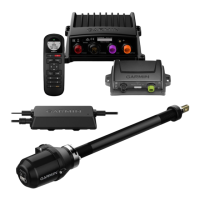
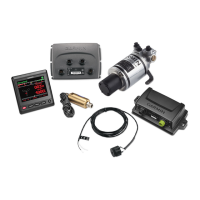
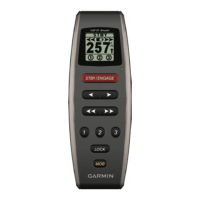
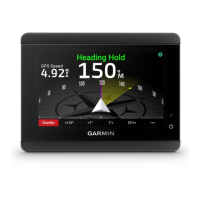
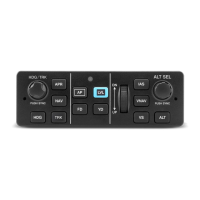
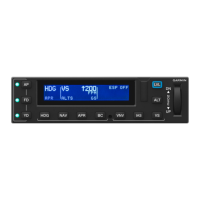

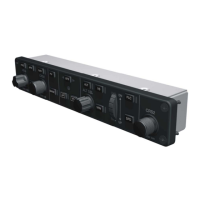
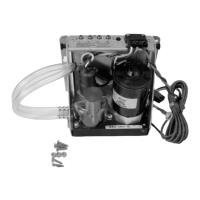
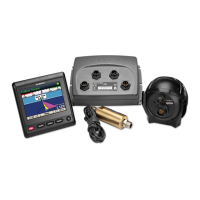

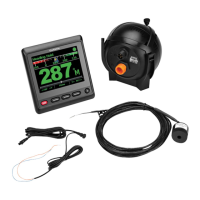
